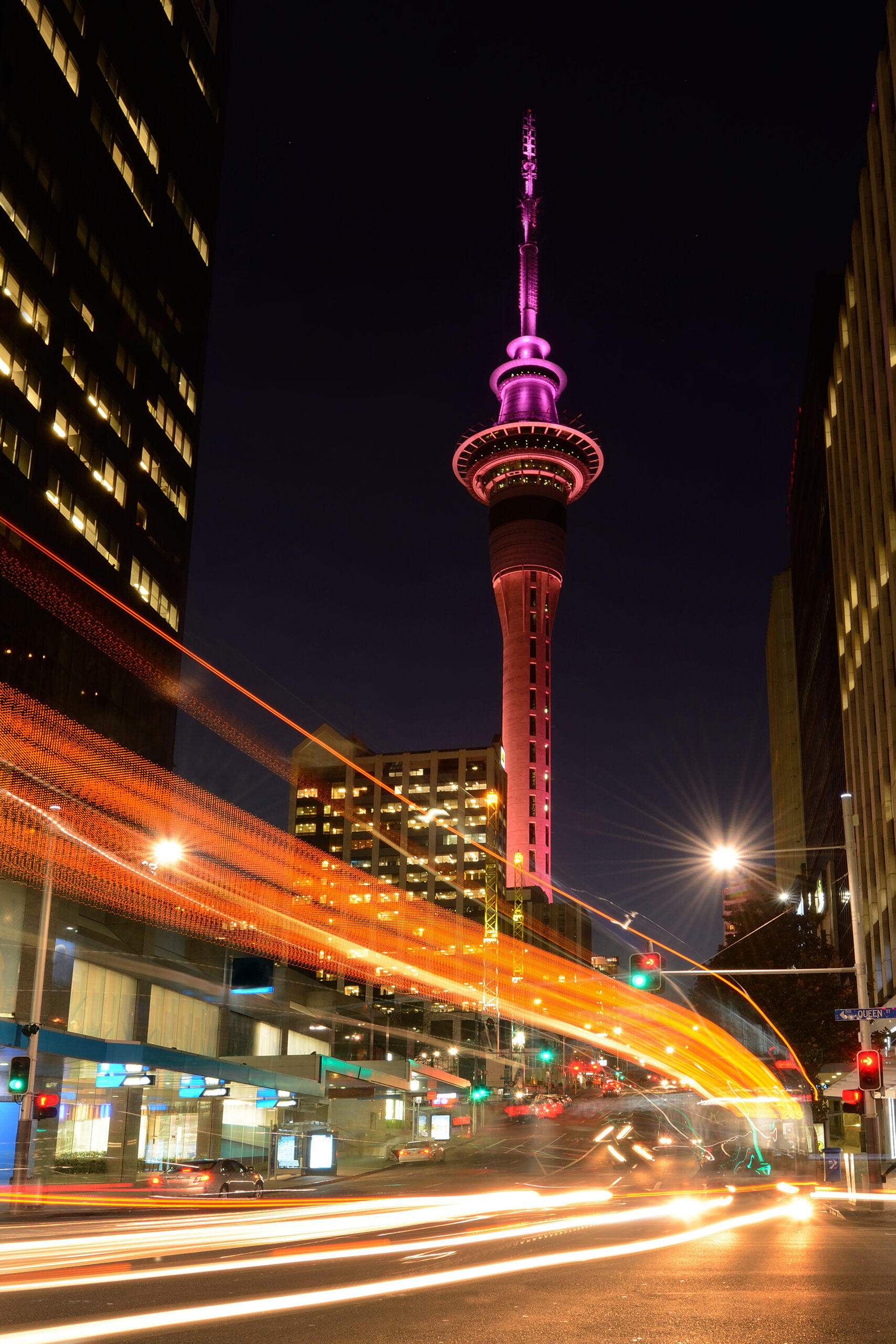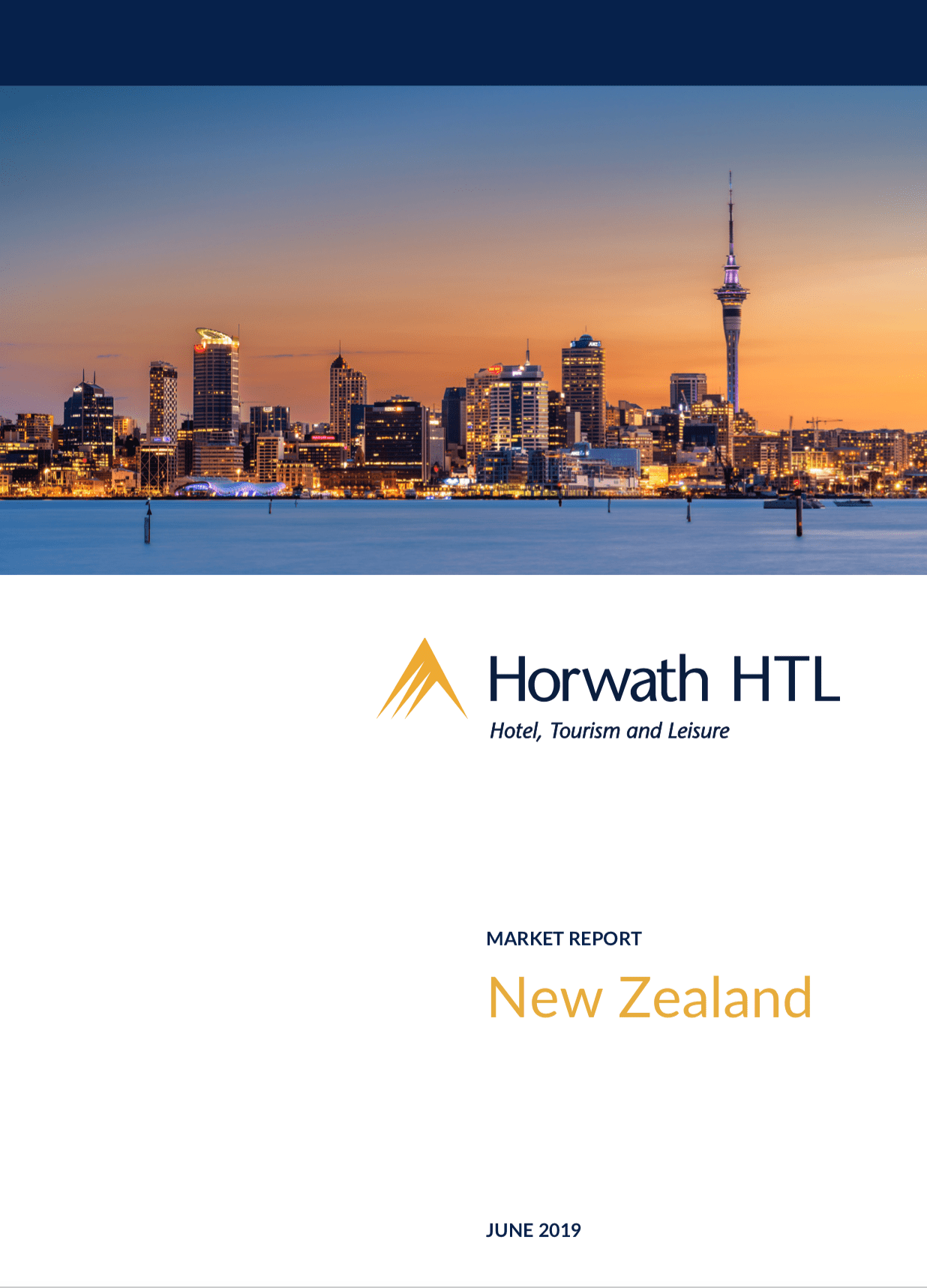
Market Report
New Zealand Hotel Market 2019
New Zealand's hotel industry has experienced significant growth in revenue and profitability. However, the outlook for continued improvement in 2019 and beyond is uncertain due to fluctuating growth rates and changing market dynamics. Understanding the market is essential for current and future hotel industry investors.
International and Domestic Visitor Growth
- International Visitor Expenditure (2018): $16 billion, up 9.6% year-over-year.
- Domestic Visitor Expenditure (2018): $23 billion, up 6.5% year-over-year.
- Top Visitor Markets: Australia (24% of international expenditure), China (15%), USA, and the UK. These four countries account for 60% of international visitor expenditure.
Visitor Expenditure Goals:
- Tourism Industry Aotearoa (TIA) updated its goal for visitor expenditure in 2025 from $41 billion to $50 billion, reflecting a focus on “value over volume.”
International Visitor Growth Forecast (2019-2025):
- Average Annual Growth: 4.25% in expenditure, 3.98% in visitors, and 4.28% in visitor days.
- 2019 Forecast: 3.4% lower than the previous year’s forecast, particularly with a reduced growth rate from China (3% forecast vs. 11% previously).
New Zealand Economic Outlook
- Tourism Contribution to GDP (2018): 6.1%
- GDP Growth (2018): 2.7%, driven by domestic consumption and tourism.
- OECD Forecast (2019-2020): GDP growth of 2.5-3%, slightly higher than the OECD average of 2.5%.
Hotel Market Performance Overview
- Average Occupancy Rate (AOR): 80% (year ended April 2019), down from 81% the previous year.
- Average Daily Rate (ADR): $193 (year ended April 2019), down from $195 the previous year.
- Revenue Per Available Room (RevPAR): Fell nearly 3% year-over-year, mainly due to Auckland hotels’ performance.
Regional Performance:
- Auckland: Highest AOR but significant decreases in both AOR and ADR.
- Queenstown: Highest ADR despite a decline in AOR.
- Central Park: High ADR with a low proportion of 4.5-5 star hotels.
Regional RevPAR Change (Year Ended April 2019)
- Better Performance: Regional centres outperformed main centres in terms of RevPAR growth due to increased visitor dispersal and lower room supply increases.
- Main centres: AOR and ADR were lower in 2018 than 2017, partly due to the British and Irish Lions’ tour impact in 2017.
Hotel Development Pipeline
- 2019: Nine hotels totalling 947 rooms expected to open.
- 2020: Seventeen hotels totalling 2,158 rooms expected to open.
- Auckland: Significant new supply with 13 hotels totalling 1,522 rooms (16% increase in room supply), 53% of which will be in 5-star hotels.
Taxation and Regulations
- Property Rate: Imposed on accommodation providers in Auckland, extended to Airbnb providers, subject to judicial review.
- Visitor Levy: Proposed 5% levy in Queenstown, supported by ratepayers but opposed by accommodation owners. TIA advocates for allocating 20% of GST paid by international visitors to fund local government visitor infrastructure.
Market Outlook
- Auckland: Expected to face continued performance challenges due to significant room supply increases.
- Other centres: Anticipated to have less impact from new room supply compared to Auckland.
- Long-Term Growth: Continued demand growth expected, with major new conference centres enhancing New Zealand’s ability to host large international conferences. Challenges include balancing new hotel room supply with visitor night growth and managing rising land and construction costs.
Download the report
For detailed charts, graphs, and further analysis, download the full report here





